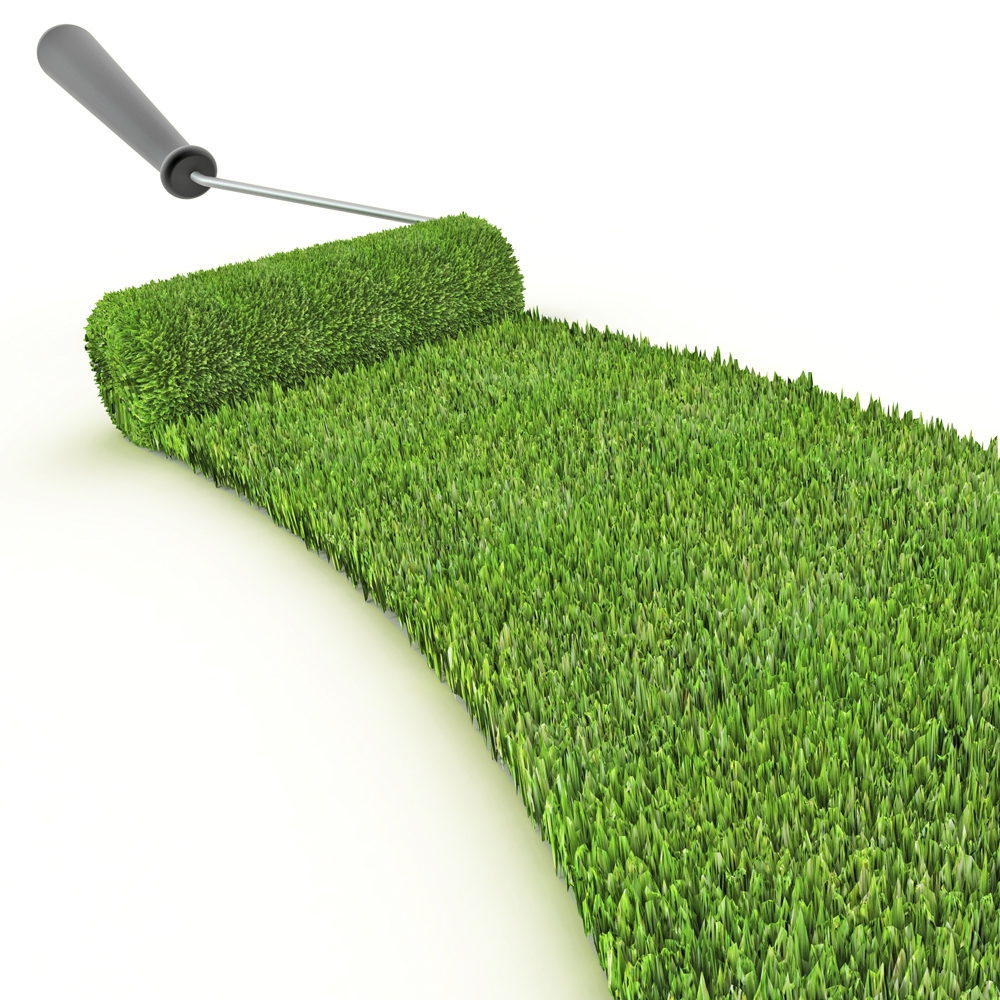We use cookies to make your experience better. To comply with the new e-Privacy directive, we need to ask for your consent to set the cookies. Learn more.
- Paints & Wallpaper
- Decorating Tools
- Preparation
- Woodcare
- Spray

Eco-friendly paint is essential for painters and decorators to protect their health and the environment. Read our tips on finding the best choices.
How to Choose the Most Eco-Friendly Paint and Decorating Materials
As we become more conscious of our impact on the world around us, many painters and decorators are making the switch to eco-friendly painting and decorating materials.
There are a number of benefits to choosing eco-friendly paints. It’s a great way to play your part in preventing climate change, as well as protecting you from the dangers associated with your job – according to the WHO, you’re 40% more likely to be diagnosed with lung cancer as a professional decorator. It’s also good for your customers, as they know they’re working with someone who shares their values.
Historically, eco-friendly paints were harder to come by and weren’t required by law. Legislation changed this, with the Volatile Organic Compounds (VOC) in Paints, Varnishes and Vehicle Refinishing Products Regulations first enacted in 2005 and updated in 2012.
What is eco-friendly paint?
An eco-friendly paint is one that contains either minimal or low volatile organic compounds (VOCs), which are pollutants that are released into the atmosphere as the paint dries. As these compounds are released into the air, they create ozone molecules when reacting with nitrogen oxides, which harm the ozone layer.
Most eco-friendly paints are water-based in comparison to traditional solvent-based paints. They’re also known as latex paints. They release little to no odour, which is what makes them both eco-friendly and non-toxic to humans. These paints are also the safest for children and babies.
What are the benefits of eco-friendly paint?
Of course, the main benefit of water-based paints is that they’re less harmful to yourself and the environment. But there are plenty more benefits.
While oil-based paint is generally considered more hard-wearing, modern water-based alternatives are giving these potentially harmful paints a run for their money. Water-based paint dries quickly, which is great news for professional decorators. It’s also easier to clean off your paintbrushes and rollers; you’ll only need water instead of white spirit.
You don’t have to be limited by finish either, because water-based paints come in a range of finishes, including gloss and satinwood. Many of these paints also boast more pigmented colours.
Which brands offer eco-friendly paints?
Many paint brands now offer environmentally friendly paint options. Bedec paint was one of the first innovators of water-based paint in the UK, so you can trust its expertise in creating eco-friendly formulas.
Farrow & Ball paint was one of the first manufacturers in the UK to switch from solvent bases to entirely water-based formulas. Its paints exceed the standards for low and minimal VOC paints, making them a great choice for professionals looking to use non-toxic paints. The company also has wider commitments to the environment, recycling 100% of its dry waste and 97% of its liquid waste, with the goal of making the latter figure 100%.
Offering both oil-based and water-based paints, Little Greene paint achieved the European environmental standard BS EN ISO 14001 in 2004, making it one of the earliest UK companies to pass this standard. Little Greene has a commitment to protecting animal welfare as well as the environment, with no testing on animals or animal products in its solutions.
Leading Nordic paint company Tikkurila offers mostly water-based paints to its UK customers, with the company committed to continually developing its eco-friendly paint selection.
How to choose eco-friendly decorating materials
Now that you have your environmentally friendly paint sorted, what about the rest of your materials?
The good news is that most decorating tools can be made in an eco-friendly way. Paintbrushes with wooden or bamboo handles are great for the environment because, once they’ve reached the end of their life, they can be recycled or allowed to biodegrade. This goes for scrapers, rollers, and wire brushes too.
Choosing tools like stepladders and platforms in recycled or recyclable metals is also advised. Not only will these materials be sturdy enough to support you and last a long time, but they also don’t have to end up on the scrap heap once they’re finished.
Sometimes, plastic in your tools is unavoidable. We recommend choosing tools either made from recycled plastic or using plastic that can be repurposed. Many companies are reducing the amount of packaging around their products and ensuring what packaging there is includes minimal plastics and are recyclable.